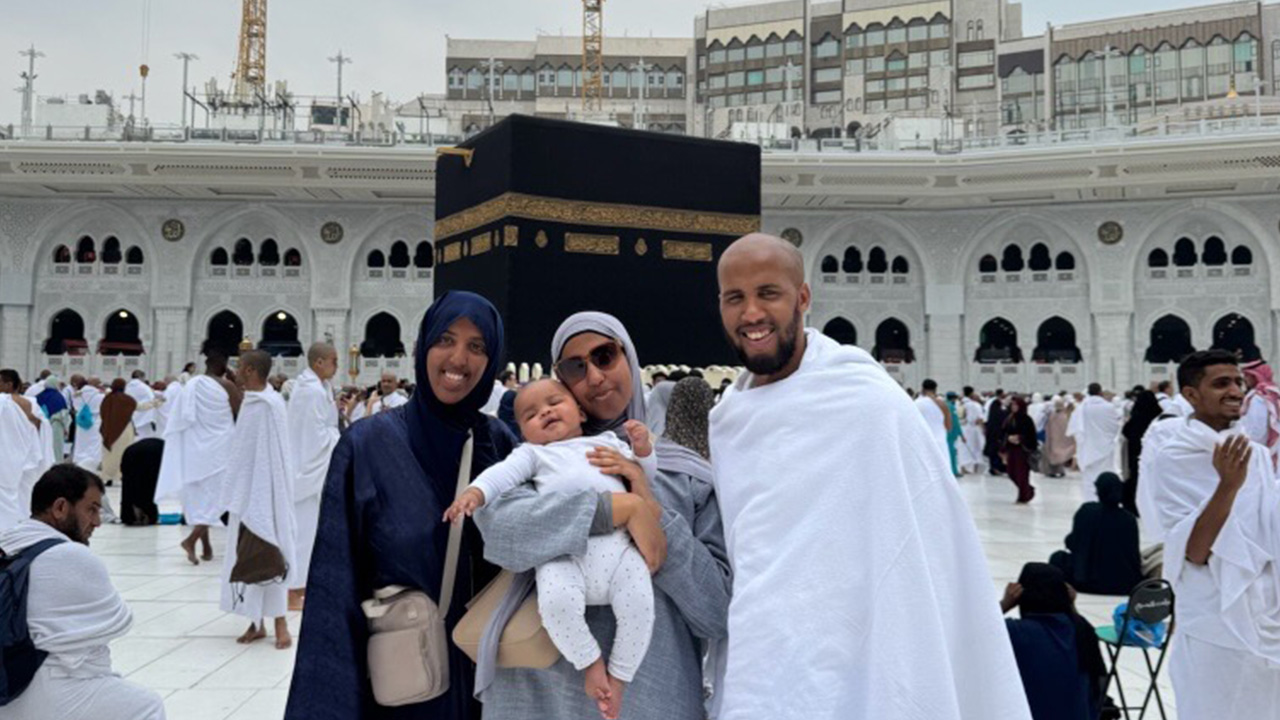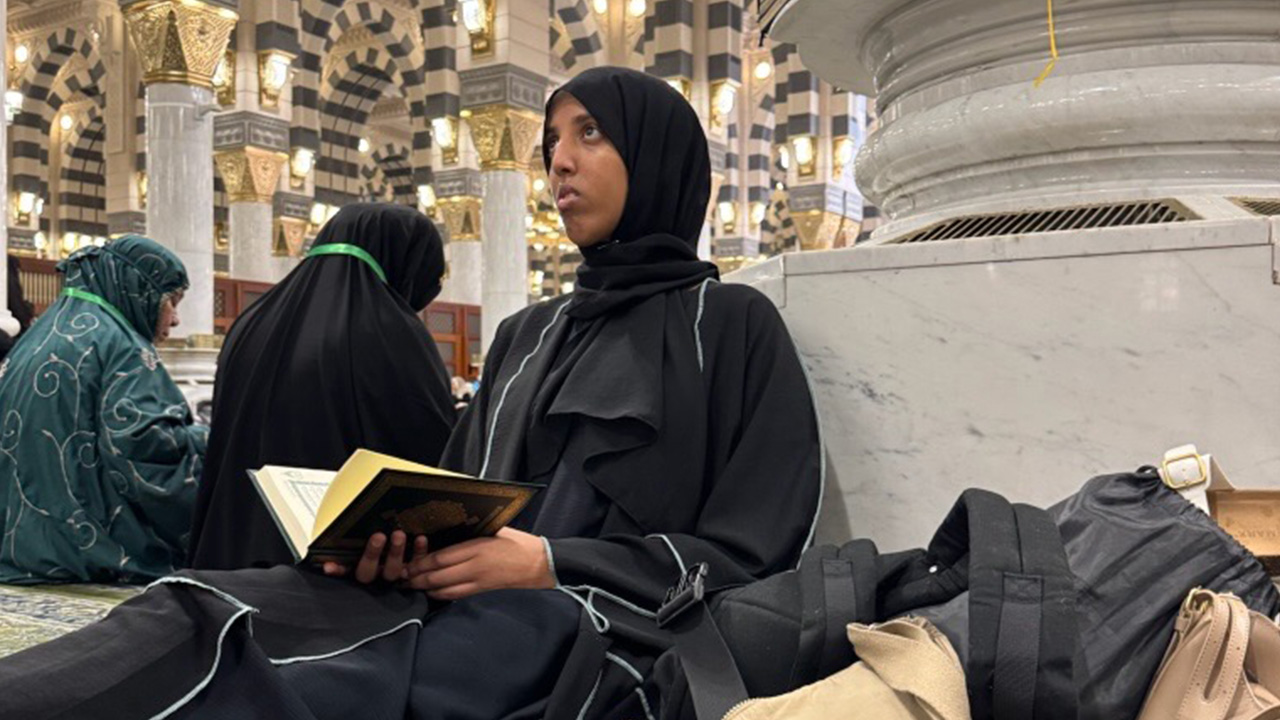

As we begin the holy month of Ramadan, a time of fasting, prayer, and reflection for Muslims worldwide, many of our students will strengthen their connection to their faith. One of our students, Fatuma, has shared her profound experience of performing Umrah, the pilgrimage to Mecca. Her journey, which took her through the sacred cities of Madinah and Mecca, deepened her connection with her faith and allowed her to walk in the footsteps of the Prophet Muhammad (peace be upon him).
One of our students has shared her profound Umrah experience, recounting her journey of faith and devotion. Her pilgrimage to Mecca began in Madinah, a city rich in Islamic history and home to the Prophet’s Mosque, Masjid al-Nabawi. Here, she explored the site where Prophet Muhammad (peace be upon him) established one of the first Muslim communities. She reflected on the spiritual significance of praying near the Prophet’s burial site, a space believed to be a piece of Jannah (paradise).

Fatuma’s Pilgrimage to Mecca
From Madinah, she journeyed to Mecca, the holiest city in Islam, where she performed Umrah—a sacred Islamic pilgrimage undertaken by millions worldwide to strengthen their connection with God. She vividly described the overwhelming sense of unity as she stood alongside people from all walks of life, all gathered for the same spiritual purpose, a powerful testament to the unifying force of faith.
She entered a sacred state known as Ihram to prepare for performing Umrah, which requires physical and spiritual purity. Ihram is a state of ritual consecration during which certain actions are prohibited and others are encouraged. Men wear two simple white garments, while women dress modestly, avoiding perfume or scented products. Before reaching Mecca, pilgrims stop at Miqat, where they intend to perform Umrah, offering prayers and supplications.
Upon arriving at Masjid al-Haram, the Grand Mosque, she experienced the awe-inspiring first sight of the Kaaba, the most sacred site in Islam. The Kaaba is the ‘House of God’ and the direction towards which Muslims pray. She performed Tawaf, walking around the Kaaba seven times while offering prayers, followed by two units of prayer near the Kaaba. The next stage of performing Umrah involved walking between Safa and Marwah, retracing Hajar’s footsteps as she searched for water for her son. This act symbolizes perseverance and trust in God. The pilgrimage concluded with the cutting of hair—men shave their heads completely, while women trim a small portion, signifying renewal and humility.
Reflecting on her Umrah experience, she described the journey as truly life-changing, a testament to the transformative power of faith and devotion.
“Seeing the Kaaba for the first time and praying in a place where my beloved Prophet once stood was truly incredible. Completing my first pilgrimage to Mecca was extremely fulfilling, and I am so thankful for this opportunity. I hope to complete many more Umrahs and Hajj one day.”
We extend our warmest wishes to our Muslim students, staff, family, and friends as they embark on their Ramadan journey. May this month bring peace, blessings, and a deepened closeness to God for all who observe it, a sentiment that underscores our respect and support for your faith.